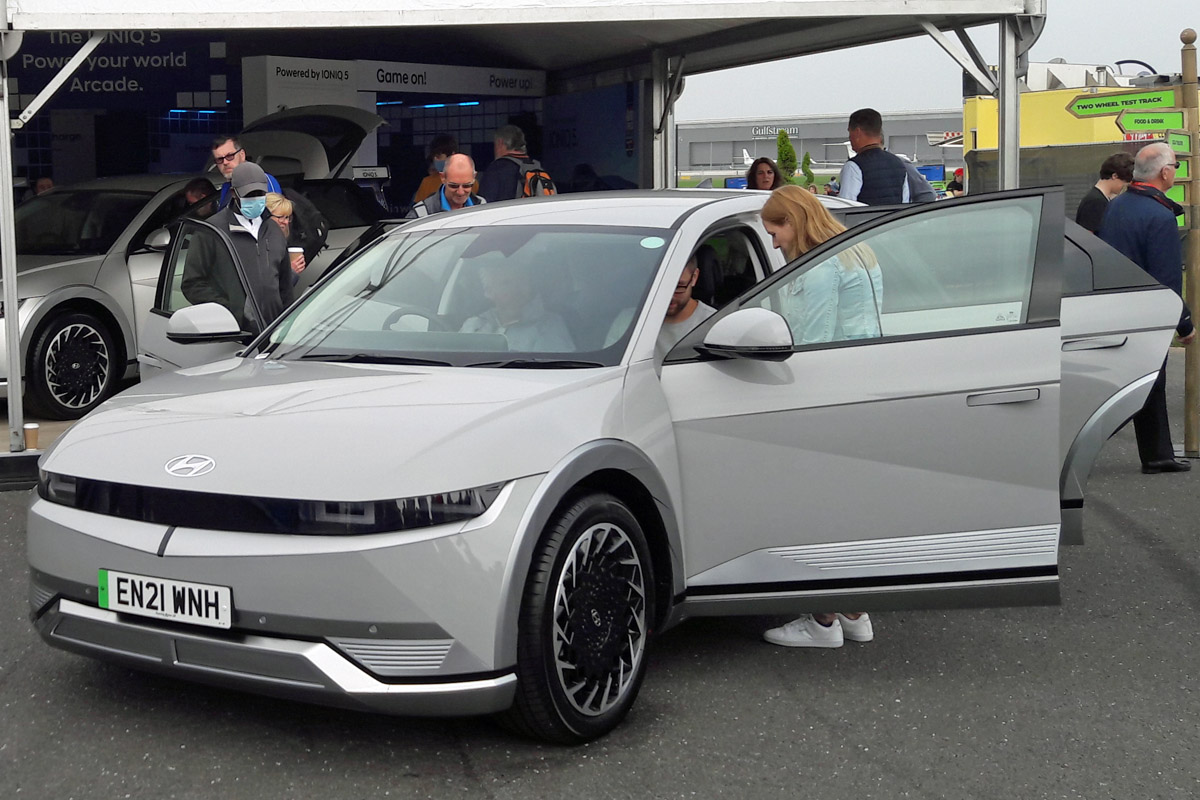The UK’s electric vehicle (EV) market experienced its most potent September on record in 2025, shattering previous monthly volume milestones for battery-electric vehicles (BEVs) and delivering crucial growth across the van and heavy goods vehicle (HGV) sectors. The latest registration figures, released by the Society of Motor Manufacturers and Traders (SMMT) and further analysed by New AutoMotive, paint a picture of an accelerating transition, one where electrification is not just a niche but the driving force of the entire new car landscape.
Preliminary figures from the SMMT show the overall new car market ascended by a healthy 13.7% in September, reaching 312,887 units—the strongest performance for the crucial ‘new numberplate’ month since 2020. However, the real story lies within the powertrain mix: a record 72,779 new BEVs hit UK roads, marking the highest ever monthly volume recorded. This significant surge confirms that electrified vehicles, when counting both BEVs and hybrid electric vehicles (HEVs), now comprise the majority of new car registrations, cementing September 2025 as a historic inflection point for the British motor industry.
Mandate Compliance and Market Share Momentum
While the SMMT hailed the record volume, analysis from New AutoMotive highlighted the market share dynamics, noting that BEVs captured 23.2% of all new car registrations, securing the second-largest monthly total on record for the segment. Critically, this sustained growth keeps the industry comfortably ahead of its regulatory targets under the Zero Emission Vehicle (ZEV) Mandate.
The year-to-date BEV share now stands at 22.1%, significantly exceeding the implied ZEV Mandate trajectory. This performance is allowing manufacturers as a collective to generate surplus credits, a key factor that is helping to mitigate compliance costs and provide a buffer against any future market volatility. This stability suggests that the mandate, initially met with resistance by some, is now proving to be an effective catalyst for market transition and investment.






